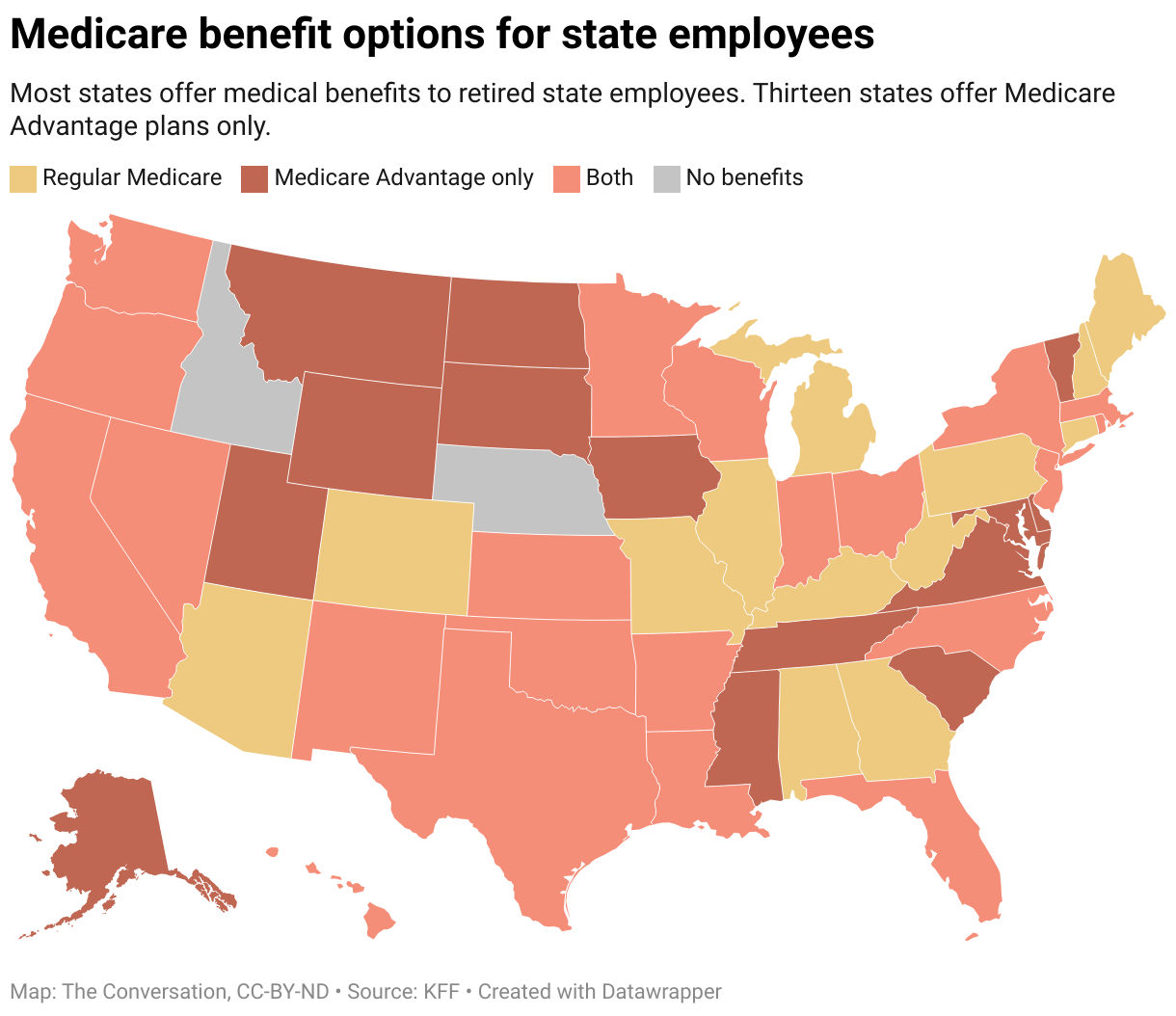Still Looking For Health Insurance?
Explore Plans To See What Fits Your Needs.
Medicaid Overview
Medicaid is a program in the U.S. that helps low-income people get the health coverage they need. This includes individuals who are living on a tight budget, some people with disabilities, pregnant women, children in need, and the elderly. It’s a team effort funded by both the federal and state governments to make sure everyone gets a helping hand.
Who can get Medicaid?
It’s open to families with kids, pregnant women, individuals with certain disabilities or serious health issues, older adults, and adults earning up to 138% of the poverty level in 41 states, including Washington, D.C.
Your income, how many people live in your house, and whether you’re a U.S. citizen or have been a permanent resident for at least five years play a big part in whether you qualify.
Costs
It varies from state to state. The federal government picks up at least half the tab for medical bills, and the state may cover the rest. Some places might ask for a small fee for certain services.
How do you sign up?
Each state has its own rules and ways to apply, so it’s a bit different depending on where you live. This tool on Healthcare.com can give you a sneak peek at whether you might qualify, based on your income. But to know for sure, you’ll need to check out the specific requirements in your state.
Next Steps
Are you considering Medicaid for your healthcare needs? Explore your state’s options and discover how to obtain affordable healthcare coverage today.
Lost Your Medicaid Coverage? Here are some affordable health insurance plan options for you.
Affordable Care Act (ACA) Subsidized Plans After Medicaid
- Special Enrollment Period (SEP): If you lose Medicaid, you qualify for a 60-day SEP to enroll in an ACA plan. Use tools like HealthCare.gov to find a suitable plan. If you miss this window, you must wait until the next Open Enrollment Period (Nov 1 – Jan 15), with coverage starting in January of the following year.
- ACA Subsidies: Subsidies can reduce ACA premiums based on income, covering up to 100% of the premium. However, in states that haven’t expanded Medicaid, there may be a coverage gap where you don’t qualify for subsidies but also don’t have Medicaid.
Short-Term Medical Insurance
Short-term health insurance is meant to be temporary until you can get coverage under a traditional plan. It’s available for up to 3 months with a 1-month extension. Unlike plans purchased through the Health Insurance Marketplace, short-term health insurance is not required to include the 10 essential health benefits outlined in the ACA, and it generally doesn’t cover preexisting conditions.
Short-term insurance is beneficial when you’re transitioning between health plans. Whether you are waiting to enroll in another plan, between jobs, or taking a break from school, this can be a viable option.
Additional Steps
- Reapply for Medicaid: Review and address reasons for Medicaid denial. You can appeal within 90 days of denial and follow state procedures for the appeal process.
- Special Enrollment for Employer Insurance: If transitioning to employer health insurance, contact your employer’s healthcare coordinator to enroll promptly after Medicaid ends.
Review your options and stay informed to ensure continuous coverage.



